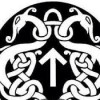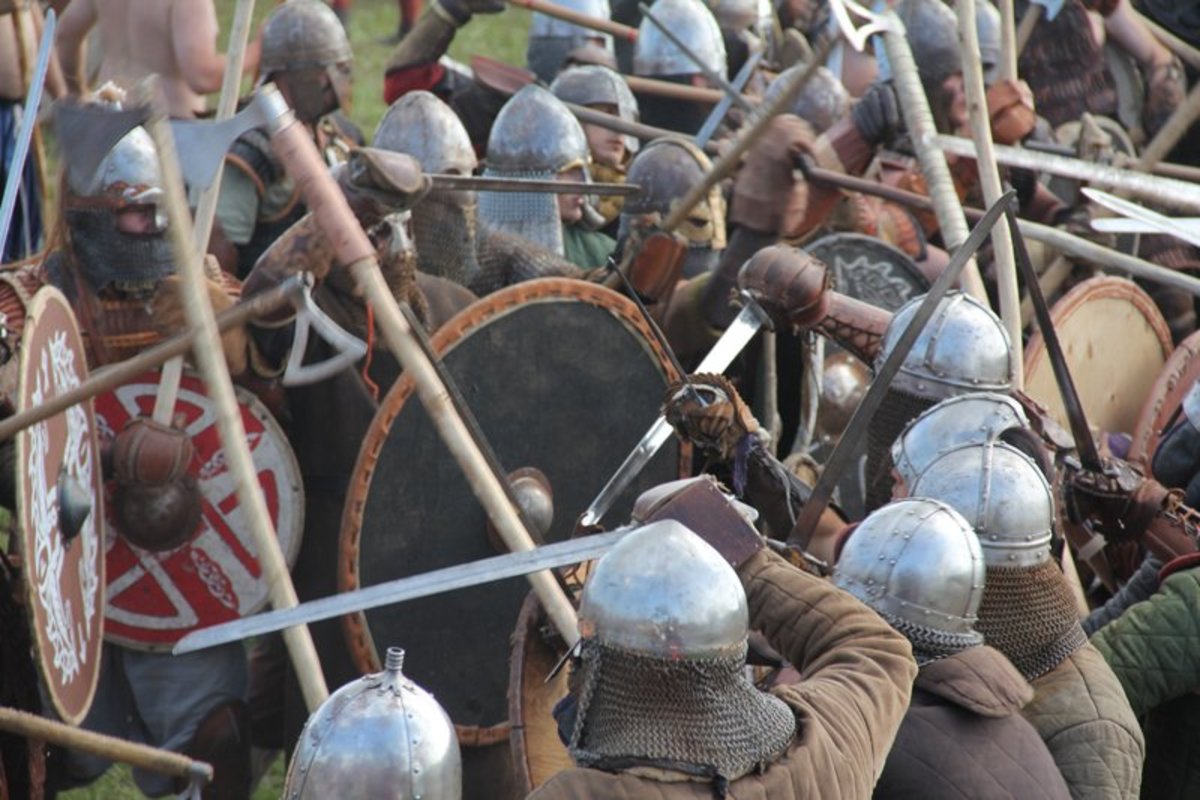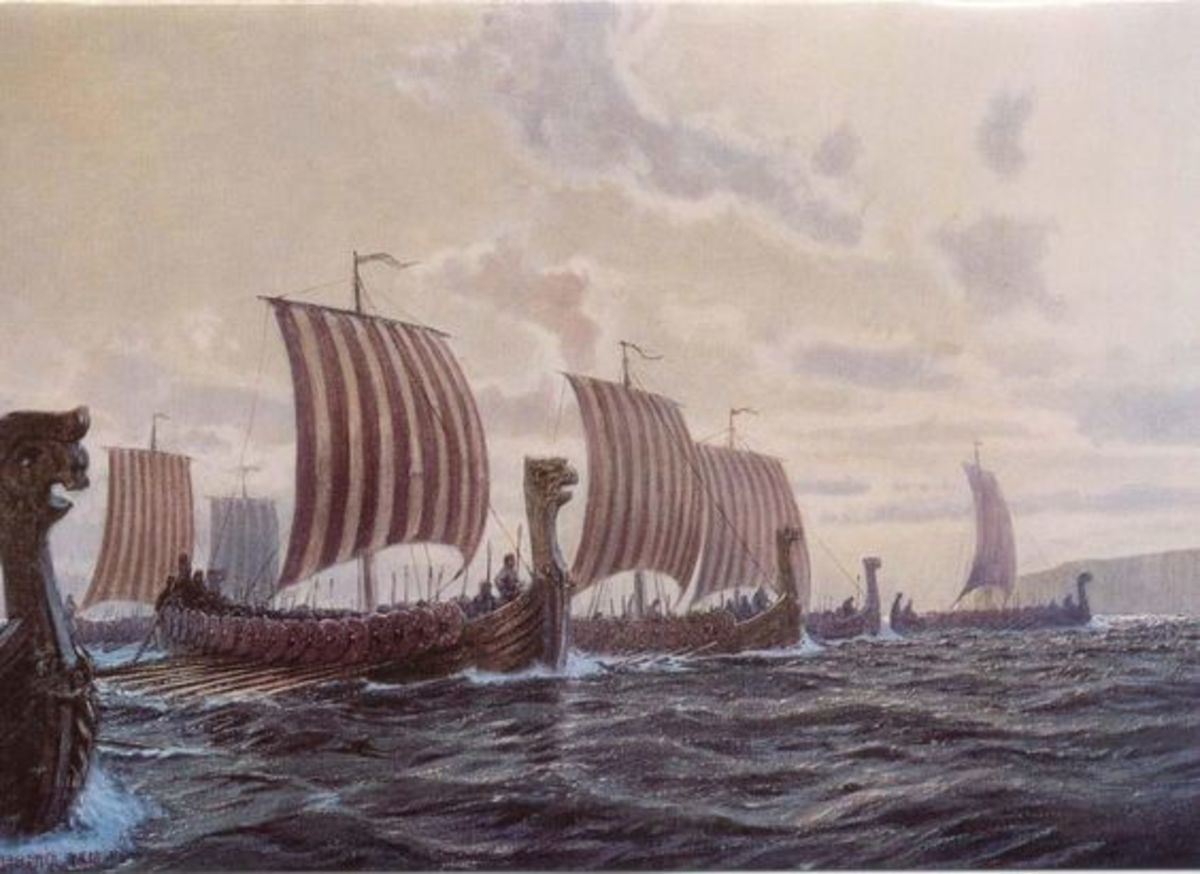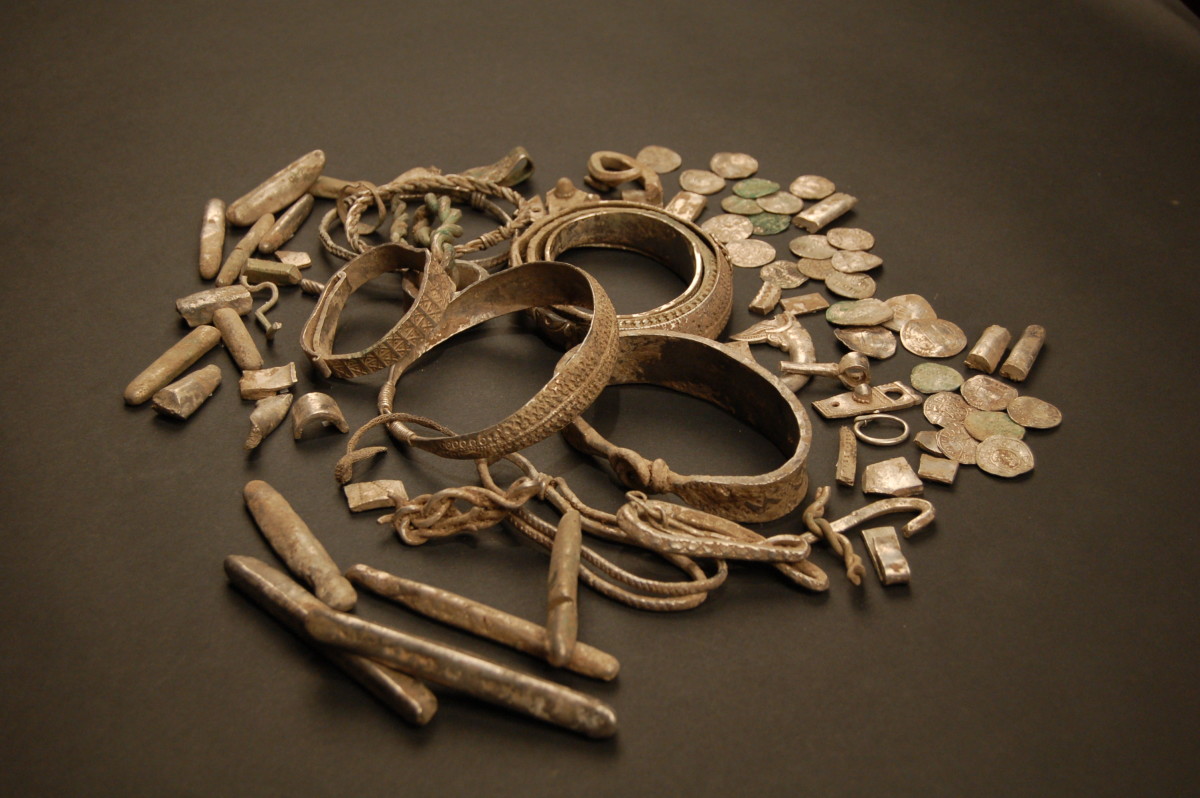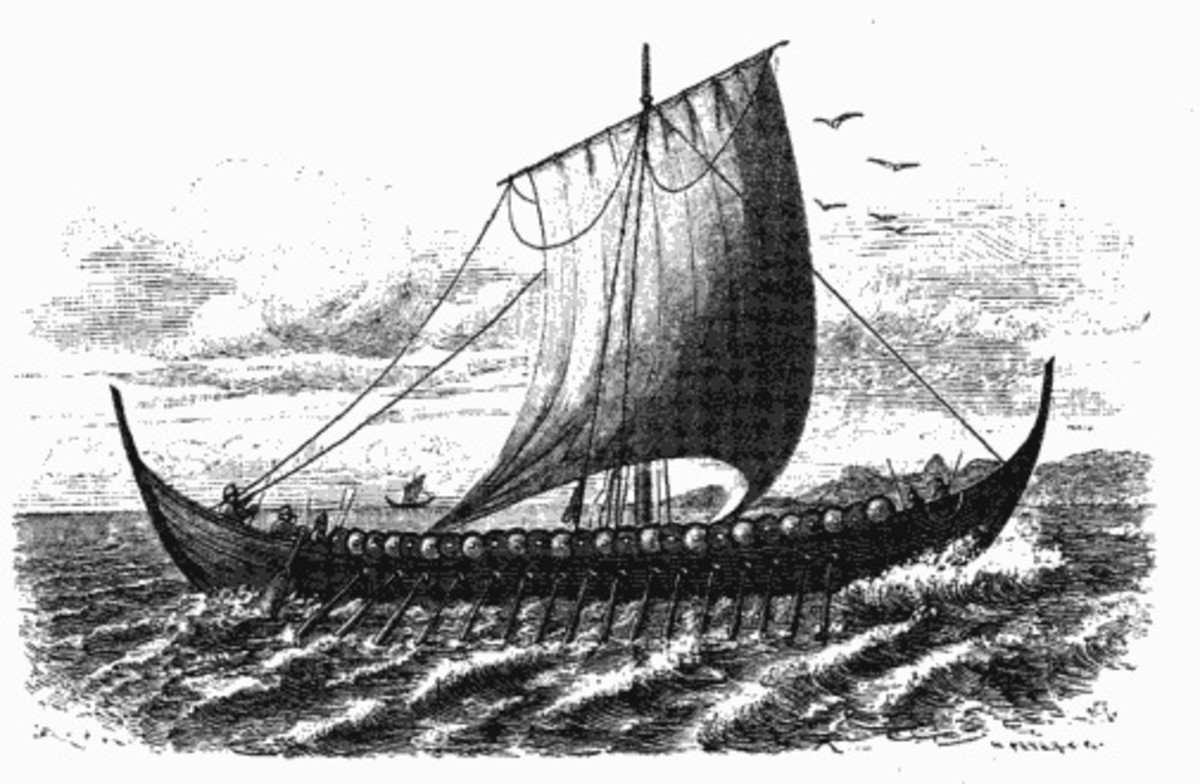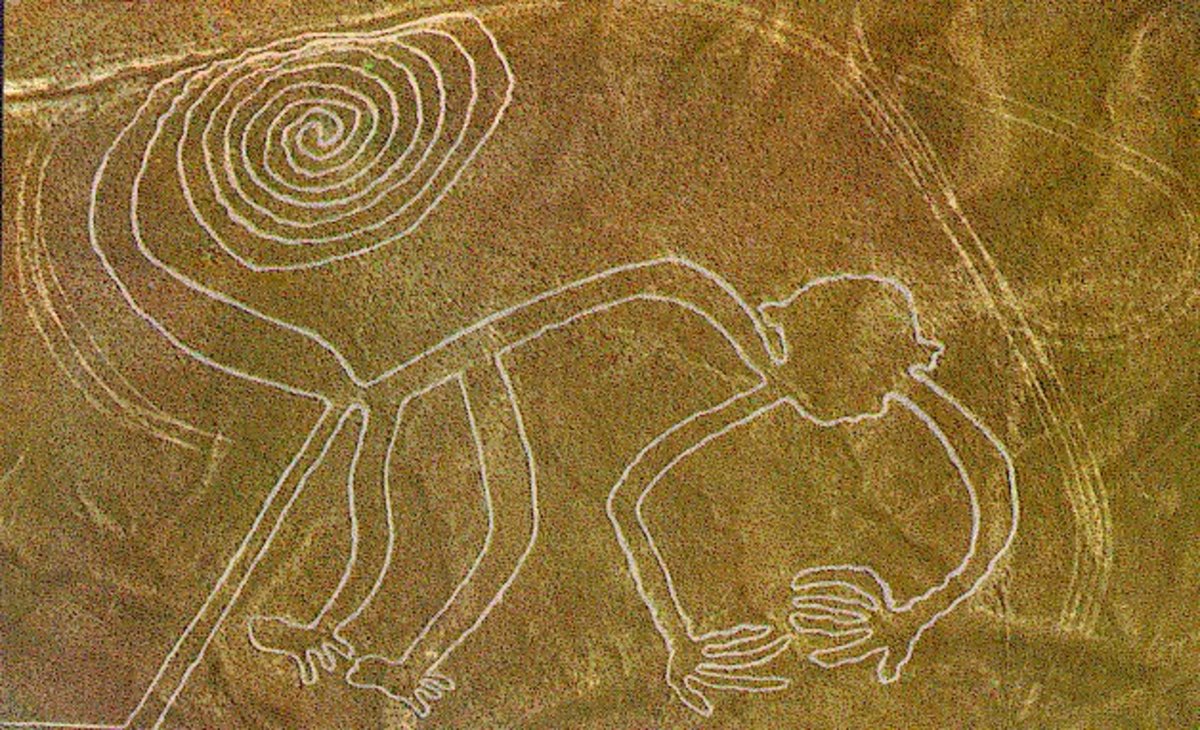- HubPages»
- Education and Science»
- History & Archaeology»
- Archaeology
Britain's Viking Treasure Hoard
The Cuerdale Hoard.
The Cuerdale Hoard is an even bigger find than the Vale of York hoard of 2007. The Cuerdale Hoard is a massive collection of more than 8,600 items including silver coins and gold bullion. It was discovered in May 1840 on the south bank of the River Ribble. The area where it was found is called Cuerdale and it is on the outskirts of the city of Preston, in the north of England.
The Cuerdale Hoard is the largest Viking silver hoard found outside of Russia. The Russian hoards are usually huge due to the Rus Vikings settlement in that area. The Rus Vikings traded with the Muslim world back in the time period of 800-1100 A.D and silver was their favoured currency. The find in Preston even exceeds any hoard found in the Viking homeland of Scandinavia. It is also greater than any other western areas settled or colonized by the Vikings.
Hoards are a Collection of Ancient Valuables.
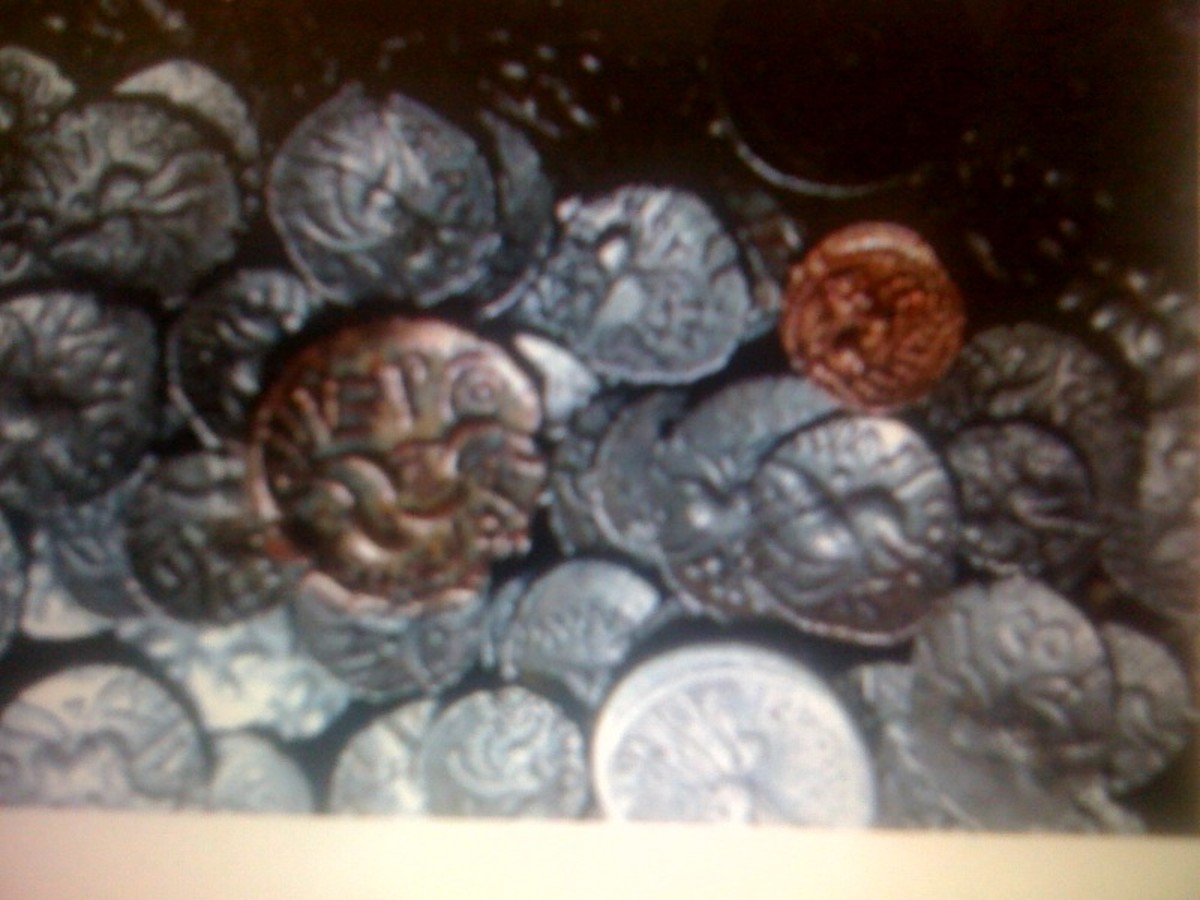
The Cuerdale Mystery.
It is believed that this collection of Viking Age treasures were buried in the early part of the tenth century A.D. The most likely time for the burial of the loot would have been between 903 and 910 AD. It is speculated that those Vikings who had been expelled from Dublin in or around 902 AD had found themselves wintering in northern England and owing to the value of their cargo. It was decided that burial of their treasure was a prudent strategy. At this point in English history, the Ribble Valley was an important Viking trade route between the Irish Sea and The Viking stronghold of Jorvik (Modern Day York).
The presence of large numbers of newly minted Norse coins from Jorvik and large amounts of Irish Viking bullion has lead many people to assume that this may have been a war chest or the spoils of war belonging to Irish Vikings who had been sent into exile. What it was doing buried in the area is still a mystery to this day. A popular belief is that the exiles were intending to use the treasure to finance a campaign to reoccupy Dublin and the arrest their enemies from their former lands. Maybe the Viking exiles felt that in the safety of the Ribble estuary, they could organize their fleets and supplies to reconquer the lands they had called home.
Dragon Ships Helped Spread Viking Influence Across Europe.

The actual hoard was discovered by workmen at Hall Farm, Cuerdale. A total of 1,000 oz (31 kg) of silver ingots and a large amount of Anglo-Saxon coins were found in a sturdy lead chest. The local folklore had spoken of its existence for many generations, yet no trace of it had appeared in written sources. Anyone who had stood on the south bank of the River Ribble at Walton le Dale, and had looked up river towards Ribchester, would have been within sight of the richest hidden treasure in England.
Nobody knew how the legend had originated or how old it was. Nobody knew what the treasure might consist of, or precisely where it might lie. For many years, the skeptical locals took great delight in the efforts of the diviners who endured the harsh cold to find the mythical treasure. The diviners paced the riverside meadows, with their divining rods in hands clinging to the belief that they would find a fortune. The local legend was thought to be a red herring by the locals, it was something to entertain the children and frustrate the greedy. But, one evening in 1840 the long-standing fiction was found out to be a very real and precious fact.
Finders not Keepers.
The Cuerdale Hoard was found by a group of workmen repairing the embankment of the river. It was in a lead box, which showed evidence of the hoard having been parcelled into small bags or packages. After discovery it was quickly recovered by the landowner's bailiffs, this ensured that it remained together for posterity. Although, the workmen did manage to keep a coin each for themselves.
The remainder of the hoard was declared as "Treasure Trove" and was handed to the Monarch of England Queen Victoria. Queen Victoria as monarch also held the title Duchess of Lancaster. Most items found in the United Kingdom belong to the monarch and tradition dictates that the ruler compensates the finder for their discovery. The Duchy of Lancaster acting as the authority on this matter passed on the find to the British Museum in London. This is where the bulk of the precious items remains to this day. Although around sixty items selected from the Cuerdale Hoard are held and displayed by a museum in Oxford.
Despite the find at Cuerdale, their is still much interest among amateur metal detecting enthusiasts in the area. They believe that the Cuerdale hoard may still have secrets hidden beneath the soil. With the amount of coinage plundered from Ireland and the rest of Europe, it would be foolhardy to believe no other treasure remained in the same location.
Do you believe more treasure is waiting to be found?
This content is accurate and true to the best of the author’s knowledge and is not meant to substitute for formal and individualized advice from a qualified professional.
© 2010 Andrew Stewart
